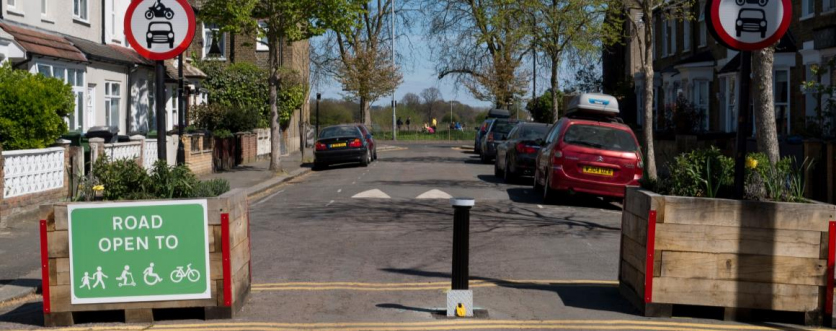Urban Outdoor Air Quality – Post (UK Parliament), Report Published
Research CommunityWritten by
Ellie Blake & Jonathan Wentworth

The Clean Air Champions contributed evidence and to the peer review process for this report, which describes air pollutants, their health impacts and measures to mitigate poor air quality.
Air pollution is the greatest UK environmental public health threat. This POSTnote updates the 2014 POSTnote on ambient air quality (PN 458) and describes air pollutants, their health impacts and measures to mitigate poor air quality.
The impacts of air pollution were highlighted by the 2013 case of Ella Adoo-Kissi-Debrah, in which high levels caused a severe fatal asthma attack. Ella is the first person in the UK to have air pollution listed as an associated cause of death following the 2020 inquest, which highlighted several organisations with responsibility for action on air pollution.
Air quality has been the subject of infringement proceedings by the European Commission against the UK and court cases brought against the Government by the environmental law charity ClientEarth.
The Chief Medical Officer’s 2022 Annual Report focused on air pollution, stating that “we can and should go further to reduce air pollution”.
PM is the broad term for microscopic particles suspended in air originating from a range of human-made and natural sources. PM is classified by size range, named according to upper-limit diameter in micrometres, and comprises coarse particles (PM10-2.5), fine particles (PM2.5) and ultrafine particles (PM0.1). NO2 is one of a group of gases called nitrogen oxides (NOx) but is the most harmful for human health. O3gas is not directly emitted but formed in the air. Ground level (tropospheric) O3 can be formed by photochemical reactions (driven by sunlight) of NOx and non-methane volatile organic compounds (NMVOCs) from various natural and human-made sources.
PM, NO2 and O3 have legal limit values, but low concentrations can have health impacts and no levels safe for human health have been identified. Air pollution is linked to loss of life expectancy and various acute and chronic effects that disproportionately affect certain groups.
Across the UK, concentrations of these air pollutants are uneven. Urban areas typically have poorer air quality, particularly deprived neighbourhoods.
Evidence demonstrating effectiveness of measures, such as road charging schemes, encouraging less polluting transport modes and domestic combustion interventions, is limited as attributing outcomes to particular interventions is difficult due to confounding factors (such as weather conditions, seasonality and impacts of other interventions) and the health effects long-term.
Key Points:
- Air pollution is the greatest UK environmental public health threat. It is responsible for 29,000-43,000 UK deaths annually (based on 2019 data) and multiple health effects. Between 2017 and 2025, the total estimated NHS and social care cost will be at least £1.6 billion in England.
- Particulate matter (PM), nitrogen dioxide (NO2) and ozone (O3) are the air pollutants of most human health concern in urban areas. No safe lower limit has been identified for these pollutants, which disproportionately affect vulnerable groups.
- In UK urban areas, average PM and NO2 concentrations are decreasing over time while O3 shows a slight increasing trend. However, some urban areas exceed the World Health Organization’s Global Air Quality guidelines for PM and NO2.
- The Government is setting two targets for reducing PM2.5 to be met by 2040 including an annual mean concentration limit of 10 µg/m3 . Modelling suggests that most of England will be compliant with this by 2030.